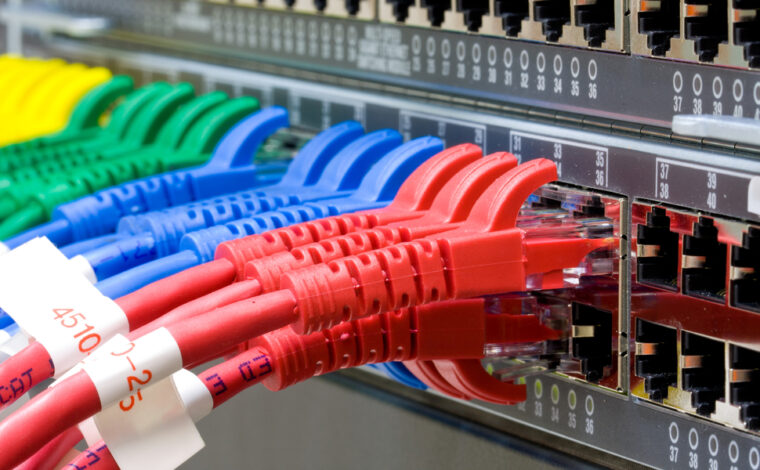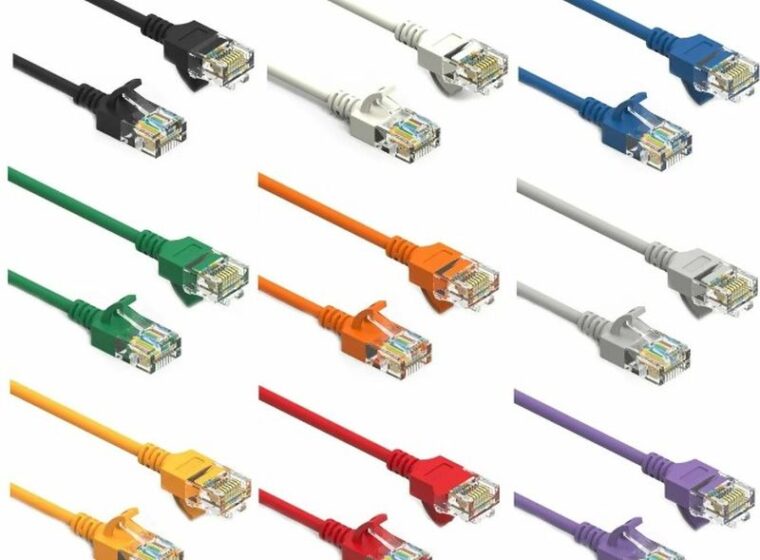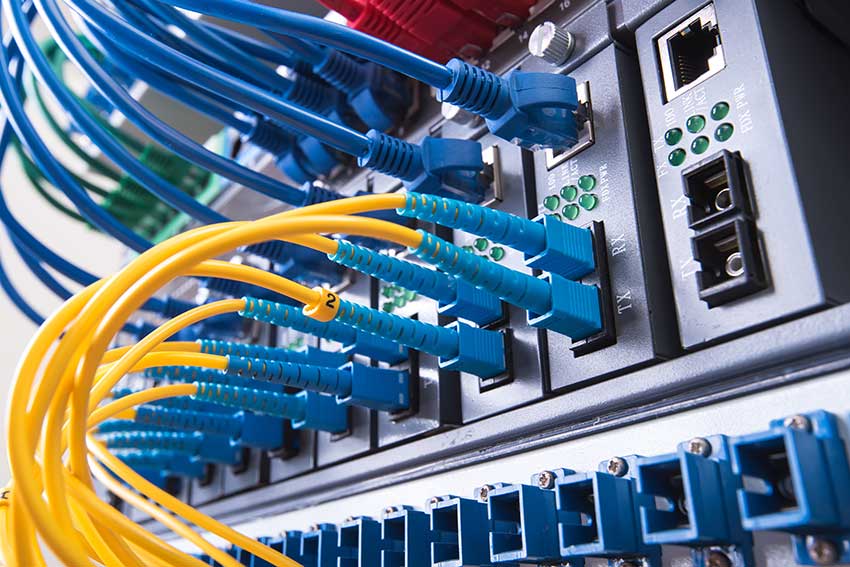When it comes to setting up a reliable and high-performance network, choosing the right Ethernet cable is crucial. CAT6 and CAT6A are two popular options, but what sets them apart? In this blog post, we’ll explore the key differences between CAT6 and CAT6A cables, including their features, uses, and performance. We’ll also provide insights into factors to consider when making your decision and offer recommendations for future-proofing your network.
Introduction to CAT6 and CAT6A cables: Key features and uses

CAT6 and CAT6A cables are both twisted pair copper cables commonly used for Ethernet networks, including data cabling for commercial businesses. CAT6, short for Category 6, is designed to support data transmission speeds of up to 10 gigabits per second (Gbps) and operates at a bandwidth of 250 MHz. It offers improved performance compared to its predecessor, CAT5e, and is suitable for most residential and small to medium-sized business networks.
On the other hand, CAT6A, or Category 6 Augmented, is an enhanced version. It supports higher data transfer rates of up to 10 Gbps at a bandwidth of 500 MHz, double that of CAT6. CAT6A cables are designed for larger and more demanding networks, such as data centers and enterprise environments, where higher bandwidth and faster transmission speeds are necessary.
Differentiating factors: Bandwidth, speed, and transmission performance comparison
One of the key differences is the bandwidth they support. While CAT6 offers a respectable bandwidth of 250 MHz, CAT6A takes it up a notch with 500 MHz. This increased bandwidth allows for better signal quality, reduced crosstalk, and improved overall performance.
When it comes to speed, both of them can handle 10 Gbps data transmission. However, new cables provide a more reliable and consistent performance due to their superior shielding, which helps minimize electromagnetic interference (EMI) and alien crosstalk.
Factors to consider when choosing between CAT6 and CAT6A

While CAT6A may seem like the obvious choice for its enhanced performance, there are several factors to consider before deciding. One of the main considerations is cost. CAT6A cables are generally more expensive, so it’s important to assess your budget and the specific needs of your network.
Another factor to keep in mind is the distance your cable runs. CAT6A is better suited for longer runs, typically exceeding 55 meters, while CAT6 is typically limited to 55 meters. If your network layout requires longer cable lengths, A would be the more appropriate choice.
Making the right choice: Recommendations and future-proofing considerations
When choosing between, it’s essential to assess your network’s current and future requirements. If you have a small to medium-sized network with standard demands, CAT6 will likely suffice and provide a cost-effective solution. However, if you anticipate future growth, have higher bandwidth needs, or require longer cable runs, investing in CAT6A would be a wise choice.
Conclusion

In conclusion, the choice ultimately depends on your network’s specific needs, budget, and plans. Understanding bandwidth, speed, and transmission performance differences is key to making an informed decision. By carefully evaluating these factors and considering future-proofing, you can select the right cable that will provide a reliable and high-performance network for years to come.
